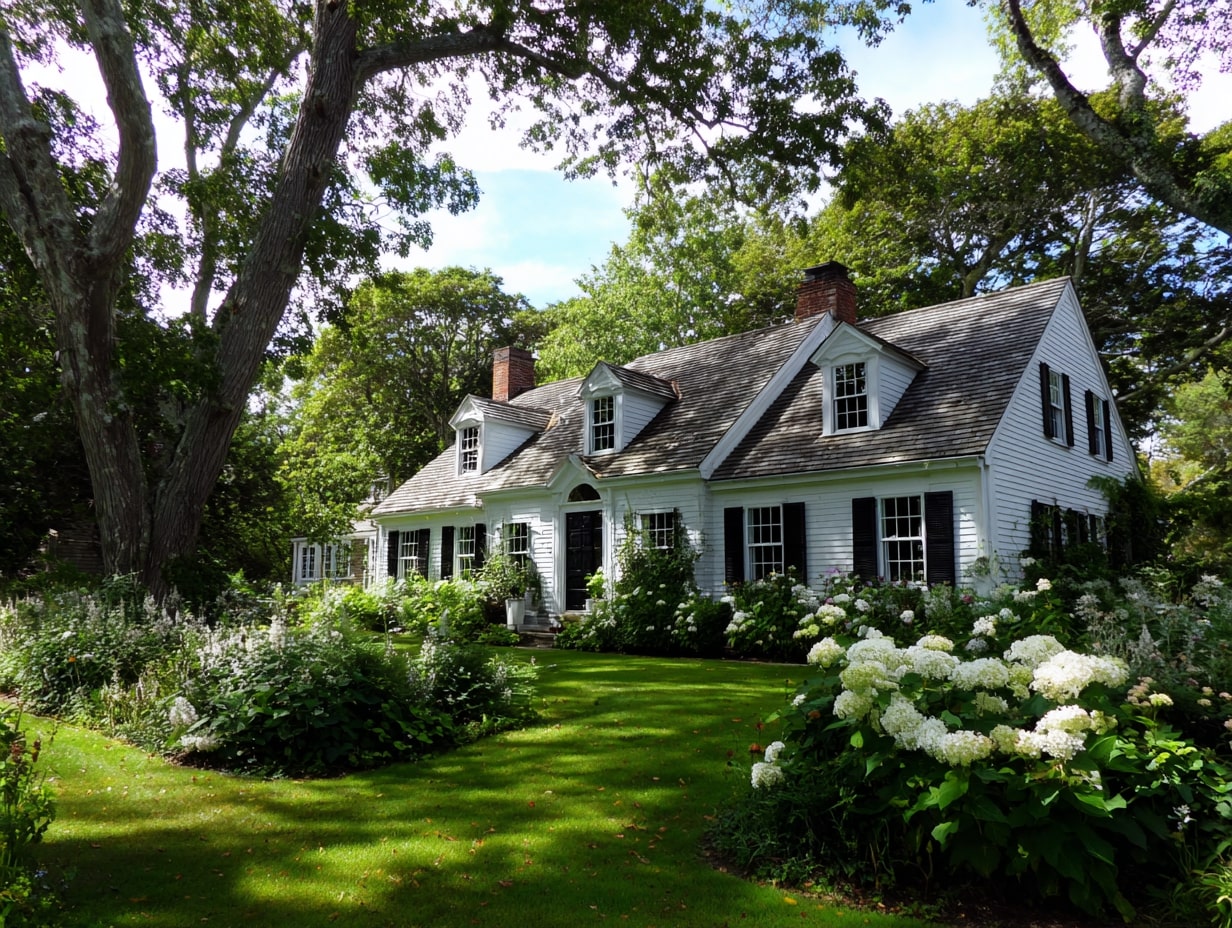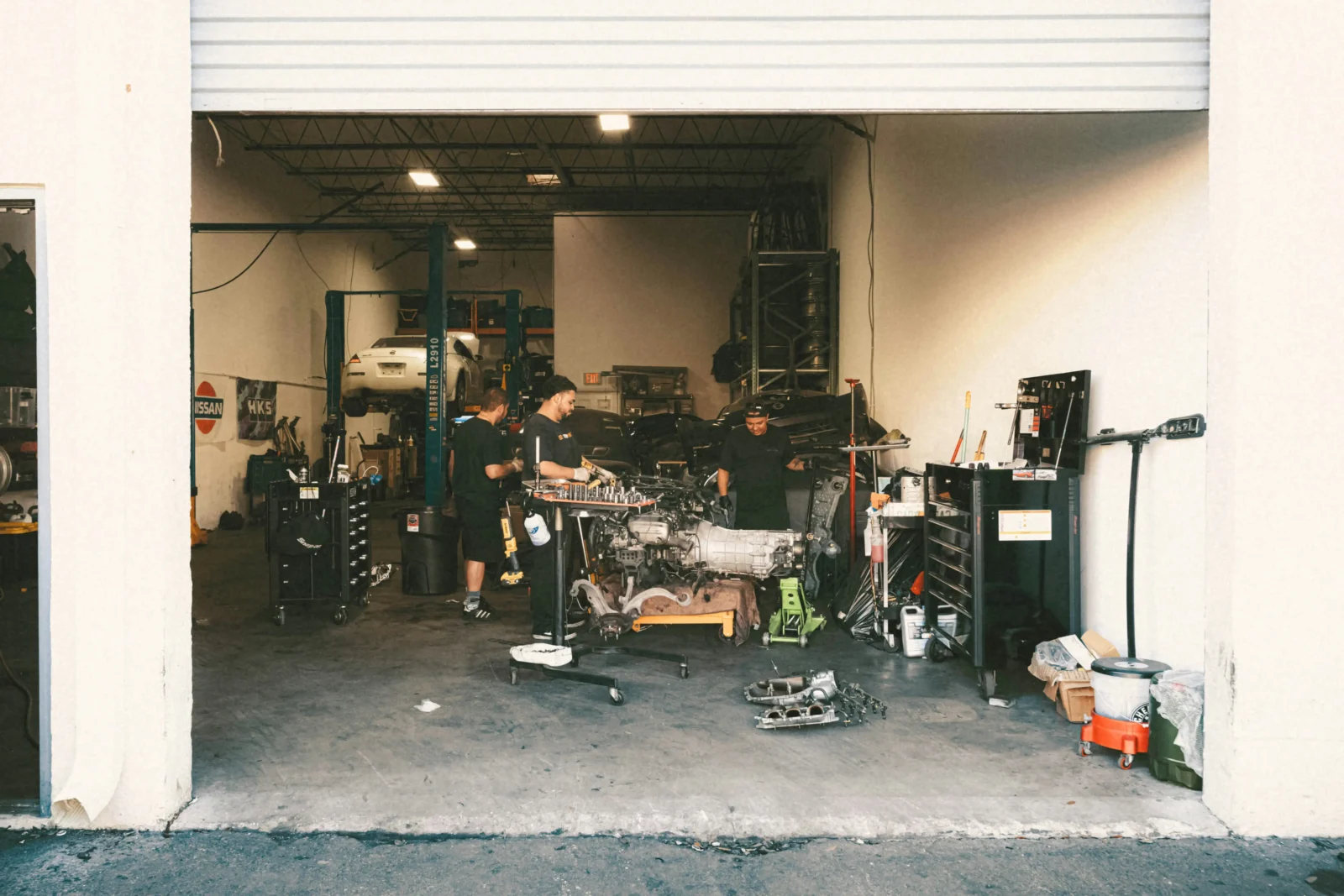- Home
- Articles
- Architectural Portfolio
- Architectral Presentation
- Inspirational Stories
- Architecture News
- Visualization
- BIM Industry
- Facade Design
- Parametric Design
- Career
- Landscape Architecture
- Construction
- Artificial Intelligence
- Sketching
- Design Softwares
- Diagrams
- Writing
- Architectural Tips
- Sustainability
- Courses
- Concept
- Technology
- History & Heritage
- Future of Architecture
- Guides & How-To
- Art & Culture
- Projects
- Interior Design
- Competitions
- Jobs
- Store
- Tools
- More
- Home
- Articles
- Architectural Portfolio
- Architectral Presentation
- Inspirational Stories
- Architecture News
- Visualization
- BIM Industry
- Facade Design
- Parametric Design
- Career
- Landscape Architecture
- Construction
- Artificial Intelligence
- Sketching
- Design Softwares
- Diagrams
- Writing
- Architectural Tips
- Sustainability
- Courses
- Concept
- Technology
- History & Heritage
- Future of Architecture
- Guides & How-To
- Art & Culture
- Projects
- Interior Design
- Competitions
- Jobs
- Store
- Tools
- More
How Can You Blend Architecture and Fashion to Choose the Right Wedding Outfits for Your Dream Home Ceremony?

A home ceremony often reflects the style and character of the space itself, so the outfits should connect with that same vision. Architecture and fashion share a focus on structure, form, and detail, which makes it possible to create a wedding look that feels cohesive with the surroundings. By drawing inspiration from the lines, textures, and atmosphere of the home, couples can select outfits that feel naturally aligned with their chosen setting.
For example, a ceremony in a modern home with clean angles and open spaces may call for sleek silhouettes and simple fabrics. A historic home with ornate details may suit attire with classic tailoring, rich textures, or subtle embellishments. Each choice creates harmony between the environment and the outfits, making the celebration feel unified.
This approach also allows couples to highlight personal style in a way that feels intentional. Outfits no longer stand apart from the space but instead connect with it, creating a wedding day that feels both stylish and meaningful.
Table of Contents
ToggleBlending Architectural Elements with Wedding Fashion
The design of a ceremony space often shapes how couples choose their outfits, accessories, and overall theme. Architectural details such as structure, color, and texture can guide clothing choices that feel natural in the setting while still reflecting personal style.

Understanding the Impact of Venue Design on Outfit Choices
The style of a venue often sets the tone for what feels appropriate in wedding attire. A ceremony held in a modern home with clean lines and glass walls may call for sleek silhouettes and minimal detailing. In contrast, a heritage home with arches, columns, or woodwork pairs well with gowns and suits that feature traditional cuts and rich fabrics.
Couples benefit from studying the shapes and colors around them. For example, a whitewashed villa with red-tiled roofs may inspire soft ivory fabrics or warm-toned accessories. A garden ceremony framed by stone pathways may feel more balanced with natural textures like lace or linen.
Lighting also plays a role. Bright, open spaces highlight bold designs, while dim interiors often favor softer fabrics that catch light gently. Matching attire to the setting helps create a cohesive visual flow between the couple and their surroundings.
Selecting Wedding Attire to Complement Architectural Styles
Clothing can reflect architectural themes without appearing forced. Structured gowns with sharp pleats or geometric beading echo the lines of modern architecture. Flowing skirts and embroidered details often suit venues with historic or ornate features. Couples who want harmony between attire and setting should consider both silhouette and fabric.
The best wedding dresses for brides often balance personal taste with environmental influence. A fitted satin gown may suit a sleek city loft, while a layered tulle dress feels at home in a rustic farmhouse. Similarly, unique bridesmaid dresses can reflect the same architectural cues, whether through color palettes inspired by wall tones or patterns that mirror decorative motifs.
Men’s attire can follow the same concept. A sharply tailored suit works well in a minimalist space, while textured fabrics such as tweed or velvet align with more traditional architecture. This approach allows the wedding party to look unified without losing individuality.
Incorporating Statement Jewelry and Accessories for Cohesion
Accessories often tie the theme together by reflecting architectural details in smaller ways. For example, geometric earrings or cufflinks can mirror angular windows or patterned flooring. A bride may choose a veil with lace edging that mirrors the arches of the ceremony space, complemented by cute hair accessories that add a touch of charm and personality to her look, while a groom might opt for a tie pin that echoes the venue’s metallic accents.
Color also plays a large role. Jewelry in bronze, gold, or silver can echo finishes in the home. Shoes and handbags, though subtle, can carry textures or tones that repeat features of the environment.

Couples who want a balanced look should avoid accessories that fight against the venue’s style. Instead, they should select one or two bold pieces that highlight the connection between fashion and architecture. This method creates cohesion without overwhelming the overall design.
Curating Outfits for Every Ceremony Moment
Each stage of the celebration calls for clothing that reflects the setting, mood, and cultural or personal themes. Outfits should feel consistent with the architectural style of the home while also allowing each moment to stand apart with its own character.
Choosing Looks for the Engagement Party
The engagement party sets the tone, so attire should balance formality with comfort. Brides often choose lighter fabrics such as chiffon or silk with modern cuts, while grooms lean toward tailored suits in neutral tones. These choices feel festive without overshadowing the wedding day.
Guests can follow a semi-formal approach. Dresses with clean lines or simple embroidery work well in a home setting. Groomsmen and male guests may wear blazers without ties for a polished but relaxed look.
For family members, timeless designs work best. Mothers can wear sophisticated mother of the bride dresses that complement the bride’s color palette. Options in muted shades or soft metallics bring elegance without drawing too much attention.
Coordinating Rehearsal Dinner and Guest Attire
The rehearsal dinner often feels more intimate, so outfits should reflect a warm but refined atmosphere. Brides may select a midi dress with structured details, while grooms might wear a crisp shirt with tailored trousers. The goal is to look polished without repeating the formality of the wedding.
Guests should match the couple’s chosen tone. If the dinner takes place in a formal dining room, cocktail dresses and dark suits fit the setting. For outdoor or casual spaces, lighter fabrics and softer colors create harmony with the environment.
Coordinating attire across close family members also matters. Matching accents like a shared color family or similar textures can create a sense of unity in photos. This approach ties the event together visually without requiring identical outfits.

Styling Hair and Final Touches for a Harmonious Aesthetic
Hair and accessories, including hair extensions, complete the overall look. Brides may choose soft waves or a sleek bun, depending on how the hairstyle aligns with the dress neckline. Grooms often prefer neat, structured styles that photograph well in both natural and indoor light.
Accessories should highlight rather than distract. Statement earrings, delicate bracelets, or a minimalist necklace can elevate a simple dress. For men, cufflinks or a pocket square can add subtle personality.
Makeup should balance tradition with modern trends. Neutral palettes with defined eyes suit most settings, while bolder lip colors can transition well into evening events. Together, these details create a cohesive appearance that aligns with the architectural character of the home ceremony.
Conclusion
Blending architecture and fashion allows couples to create wedding outfits that reflect both personal style and the character of their home ceremony. The structure of the venue can guide fabric choices, silhouettes, and details that feel natural in the space.
Architectural features such as arches, textures, or materials can inspire patterns, cuts, or accessories. In turn, fashion choices can highlight and complement the setting rather than compete with it.
By aligning design elements from both fields, couples achieve a balanced look that feels cohesive. This approach creates a celebration that reflects individuality while respecting the environment of the home ceremony.
illustrarch is your daily dose of architecture. Leading community designed for all lovers of illustration and #drawing.
Submit your architectural projects
Follow these steps for submission your project. Submission FormLatest Posts
Useful Tips for Planning A Backyard Layout That Feels Spacious
Creating a backyard that feels spacious can transform your outdoor experience, making...
American Architecture Styles That Shaped a Nation
Explore American architecture styles from Colonial to modern—key features, icons, and timelines...
How Environmental Planning Shapes Modern Architecture in Houston
Houston does not design buildings in a vacuum. Every structure rises inside...
Smart Steps for Repairing Your Garage
Keeping your garage safe and reliable is mostly about steady habits and...












Leave a comment